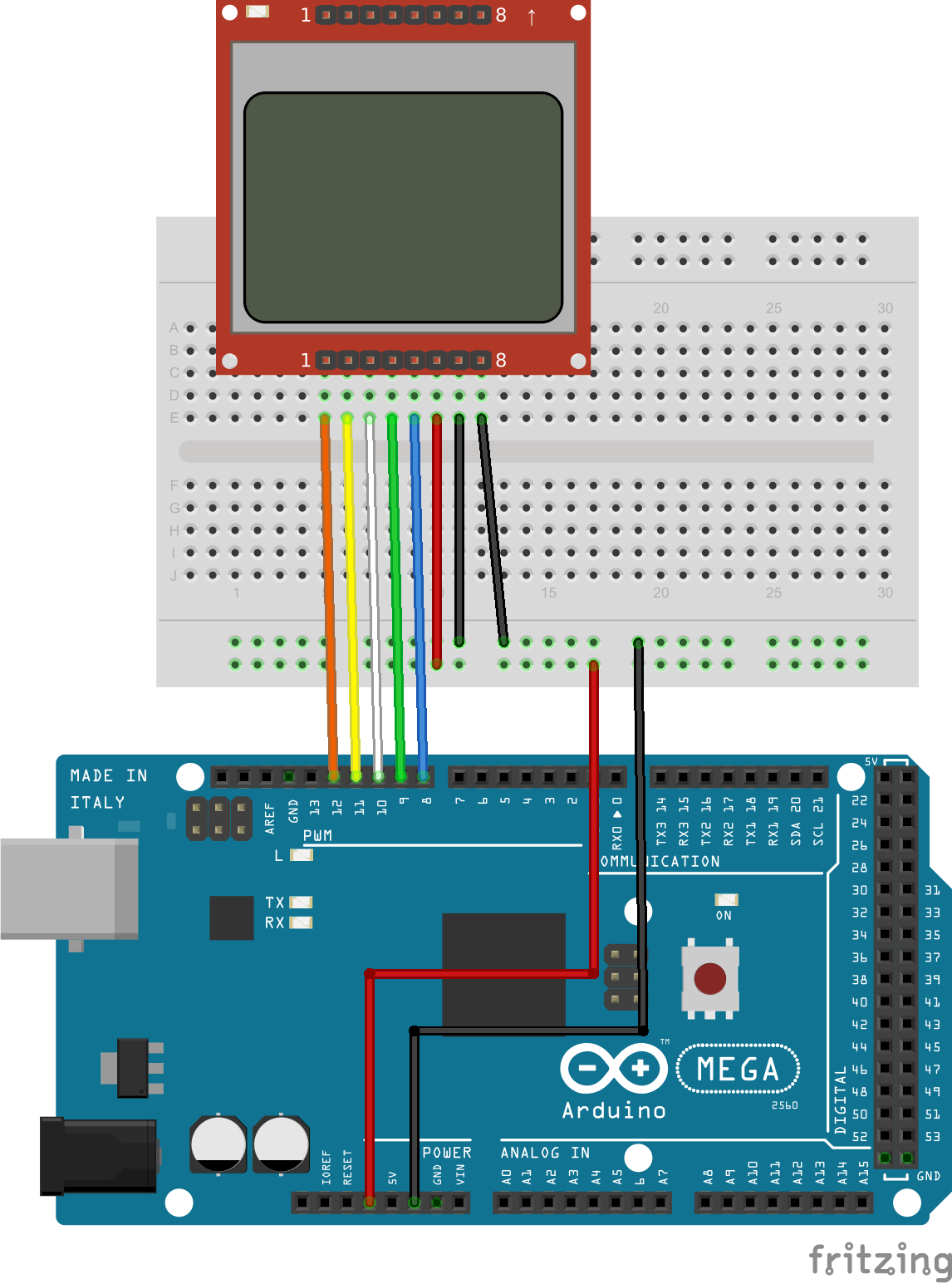
- #Pspice schematics how to use for free#
- #Pspice schematics how to use registration#
- #Pspice schematics how to use windows 10#
- #Pspice schematics how to use software#
Once your computer boots up in a few weeks, it will be fast as lightning! Moving the mouse will only take 2-3 seconds of latency, but will be super secure!Įveryone has a UPS, so there will be no need to reboot, since Java can be recompiled on the fly! The next OS you will be running will be java based. Slow languages like ASSembly, and C/C++ are just too slow. That ‘hello world’ app can compile and run in just minutes! With just a few hundred GB of “helper libraries”, and compatibility applications, most java applications can “just work”, all you have to do is find the correct interpreter, the correct version of the helper libraries for that interpreter, a few hundred gb of disk space, and just a little patience. With just a little more RAM, and 4 more cores, Java programs have as little as 25% user input drop! User time is free!ĭropping features like IEEE-754 compliance, means your results will be there faster! remember, in math class, you got extra points if you answered quicker, you can always refine the answer later! Java is the future! With just a few cores, and a little RAM java 4programs like “hello world” can compile and execute in just minutes! Each iteration of the program will get faster, as it runs, as long as it’s kept in memory for optimum performance.
#Pspice schematics how to use software#
Posted in News, Software Hacks Tagged cadence, LTSpice, PSpice, SPICE, texas instruments, ti Post navigation Of course, LTSpice is quite capable, too. We also liked the recent Micro-Cap 12 release, but we don’t expect any updates for that. Still, the price is right and it is a great piece of software.
#Pspice schematics how to use windows 10#
We couldn’t get it to work under Wine, but a Windows 10 VM handled it fine, although we really hate running a VM if we don’t have to. The only thing that bummed us out? It runs under Windows. This is a great opportunity to drive some serious software that is widely used in the industry. Mixed signal designs are supported and there is a wealth of data plotting options, as you would expect. In any event, you still get AC, DC, and transient analysis with plenty of options like worst-case timing analysis. We aren’t completely sure what “from web” means there, but presumably they just mean from other sources. However, if 3rd party models are imported, a user will be able to plot a maximum of 3 signals at a time of their choice when any 3rd party model is imported from web.

There is no limitation of how many 3rd party models can be imported into the design. If you want to use other models, you can, but that’s where the limitations hit you: According to the datasheet, there are no size or simulation complexity limitations in that case.

There seem to be few limits as long as you stick to the supplied library. The downloaded program has TI models along with other standard models.
#Pspice schematics how to use registration#
The program requires registration and an approval step to get a license key. You can see a promotional overview video below. You’ve probably heard of PSpice - it’s widely used in academia and industry, but is usually quite costly.
#Pspice schematics how to use for free#
Texas Instruments long offered TINA, but recently they’ve joined with Cadence to make OrCAD PSpice available for free with some restrictions. You can change this value before simulation run as required.We like simulation software. Now run the simulation and see that value of Vto is read from the schematic (as defined on PARAM part). The original model file (.lib) is not modified.Ħ.

This creates a new local model for this design. Edit the part model by selecting the JFET part > right mouse click > Edit PSpice modelĥ. Next modify the model definition so that model parameter Vto value is read from above PARAM part property Vto. This allows you to edit this property value on the schematic by double clicking on the property. Display its name and value on the schematic. Add a new property Vto on PARAM by selecting it and doing right mouse click > Edit Property. Place the part ‘PARAM’ on the schematic from special.olb library from location \tools\capture\library\pspiceĢ. This gives user flexibility to display and edit a specific model parameter on schematic.Įxample : Requirement to display and edit model parameter Vto of JFET model on schematicġ. You can define a model parameter on schematic using PARAM part. How to define a model parameter so that it is visible on schematic and easily editable from schematic itself? How to define a model parameter so that it is visible on schematic and easily editable from schematic? How To


 0 kommentar(er)
0 kommentar(er)
